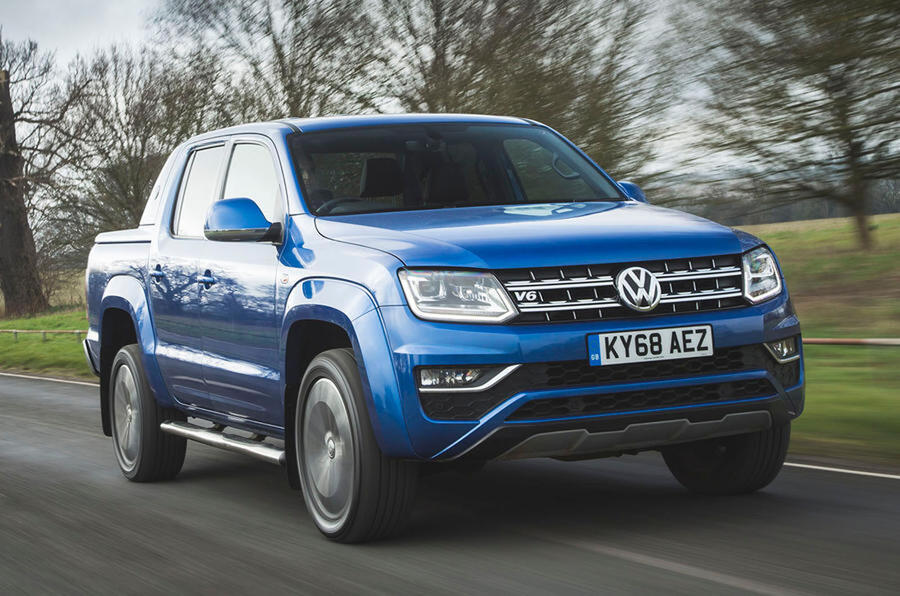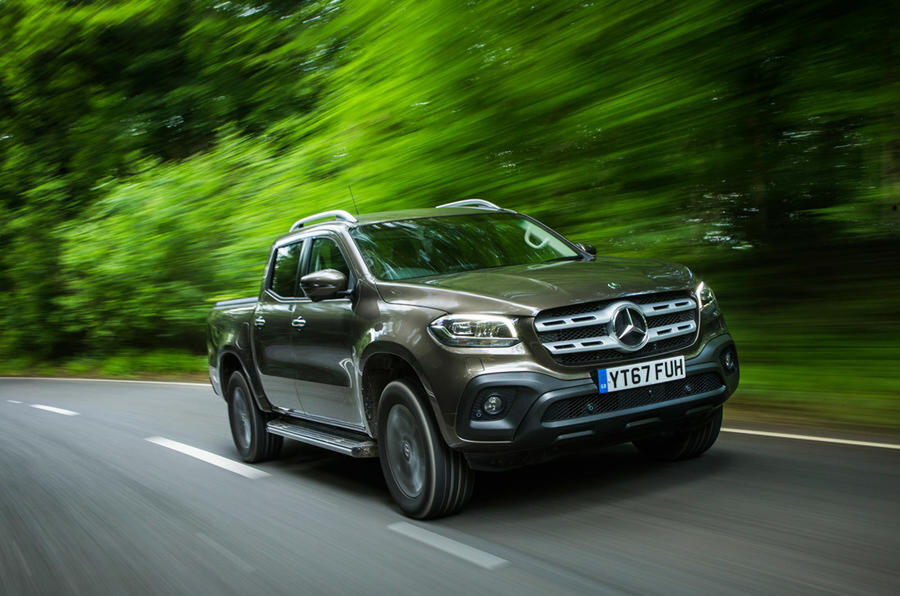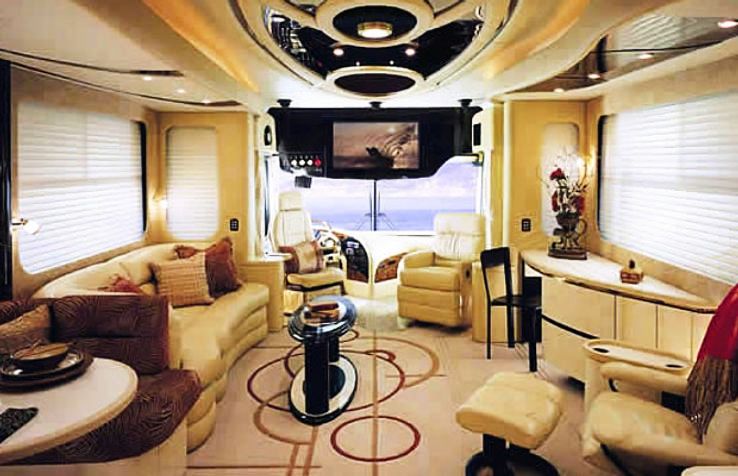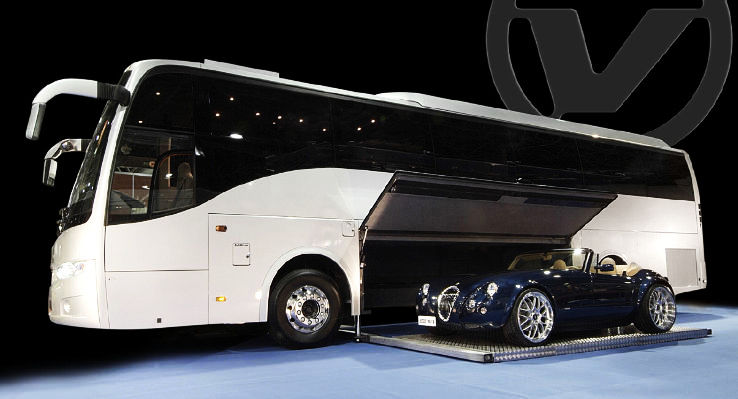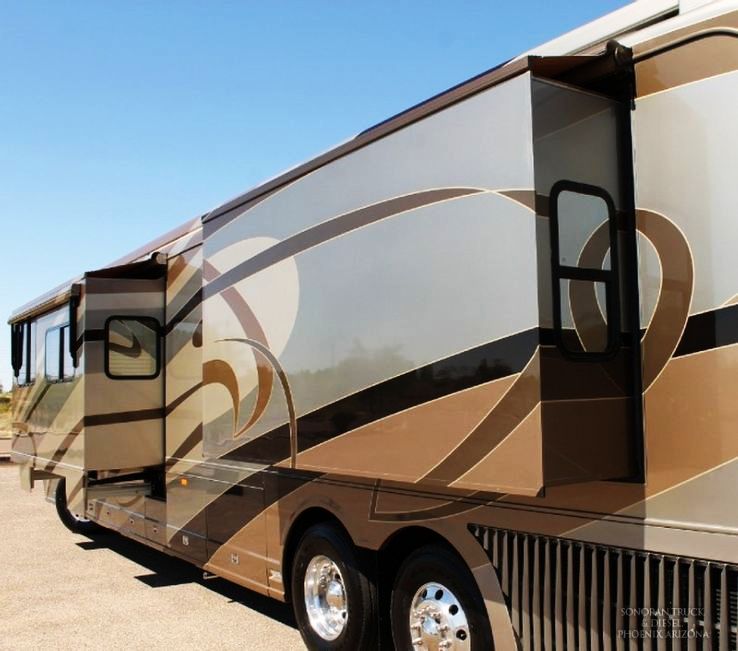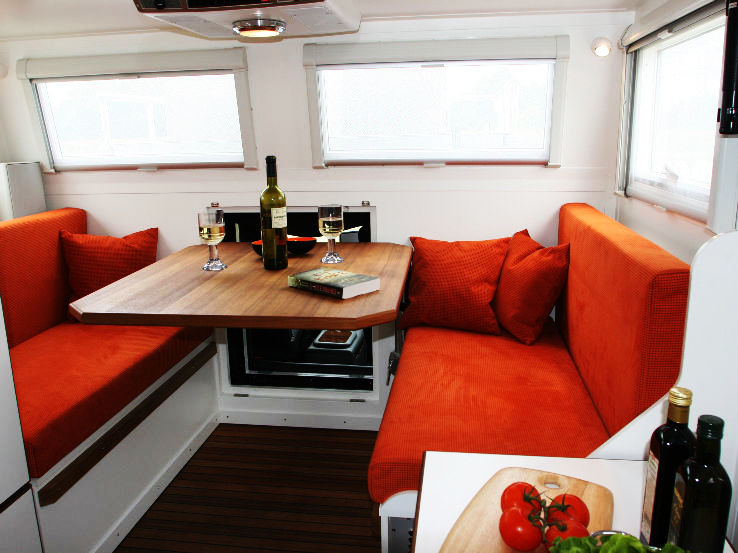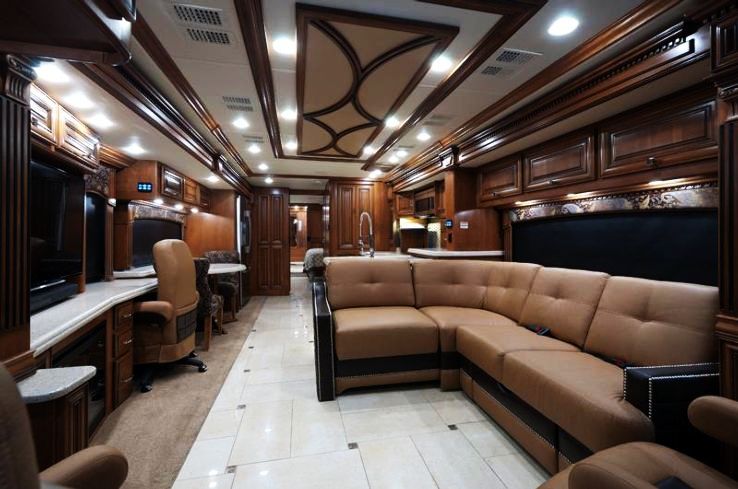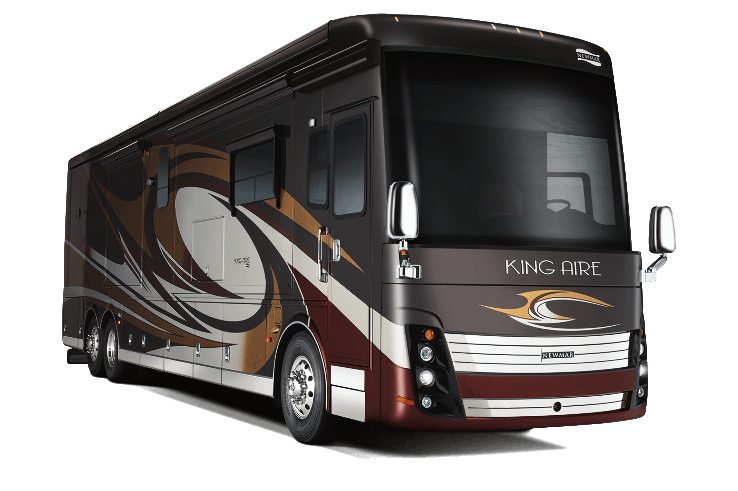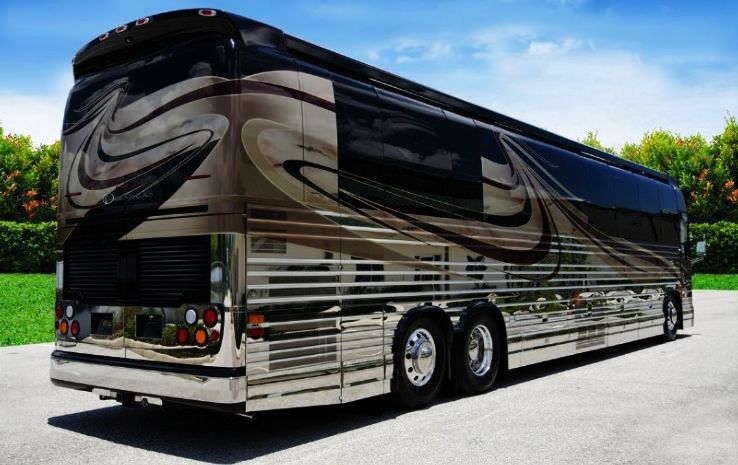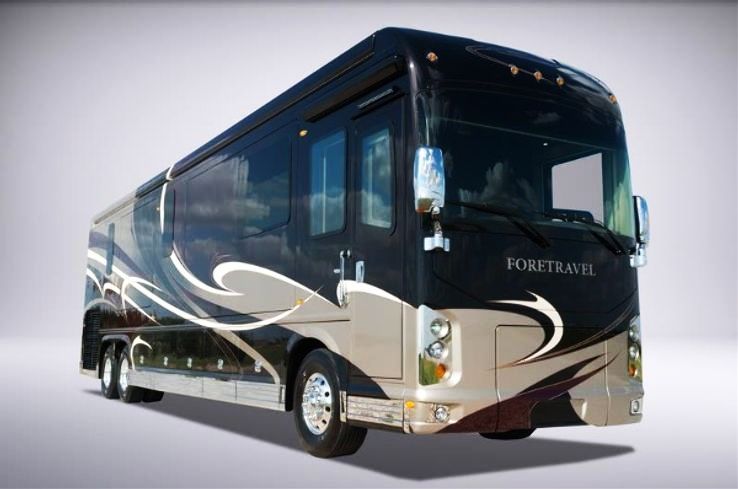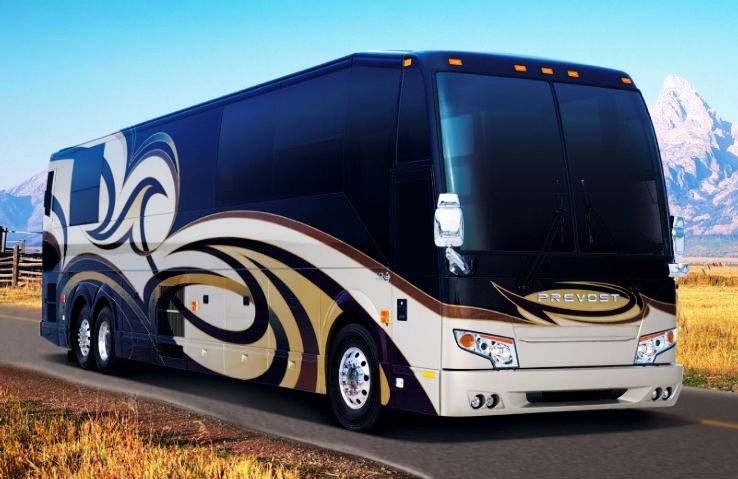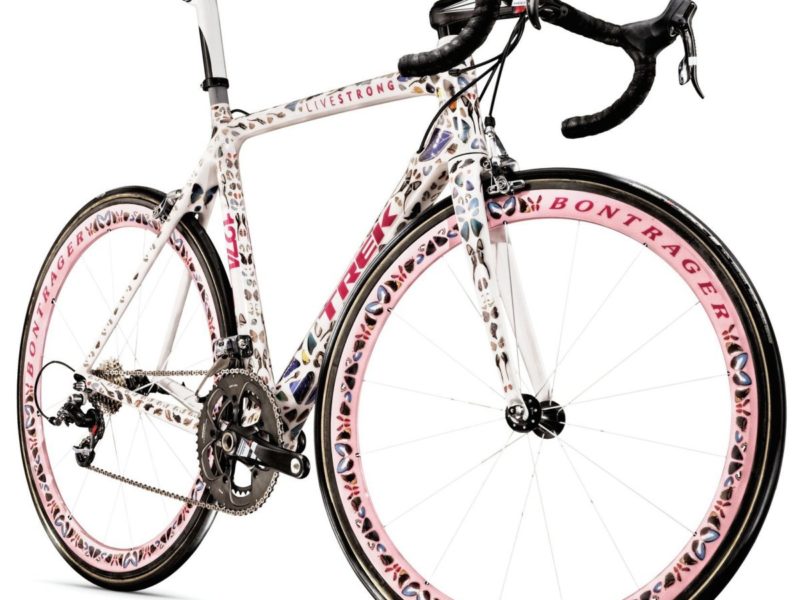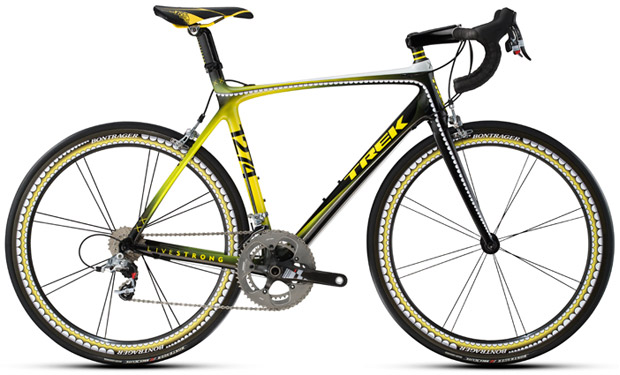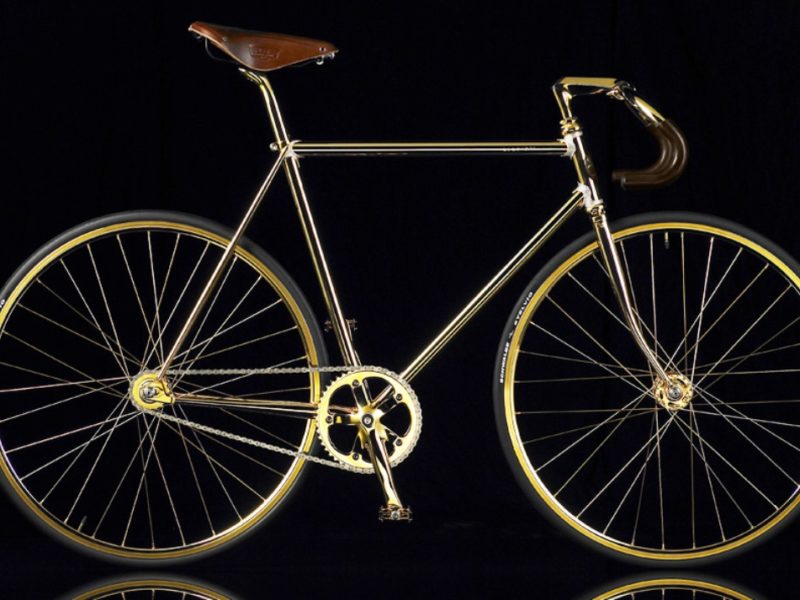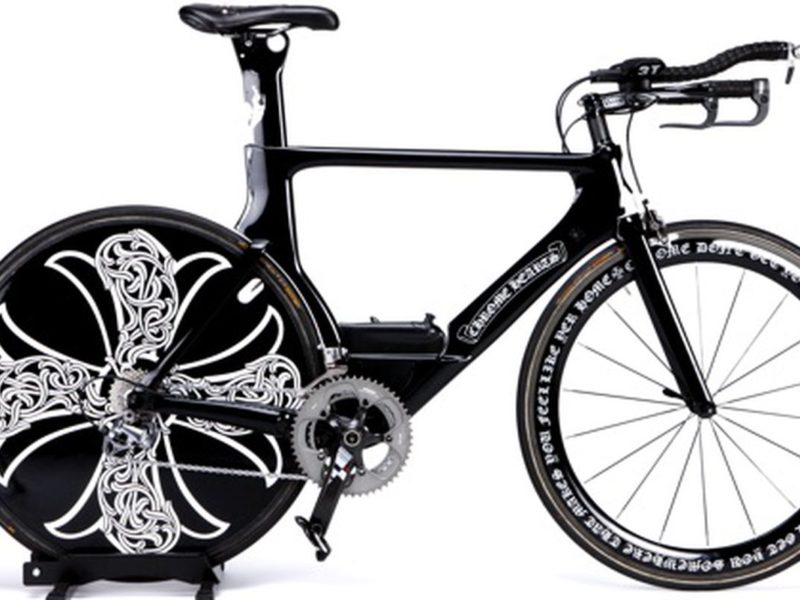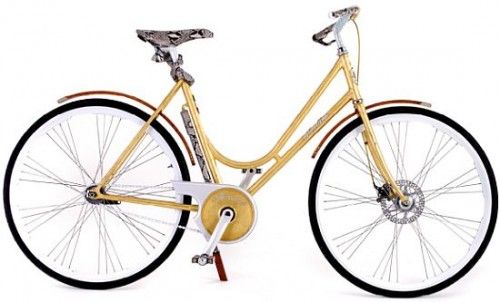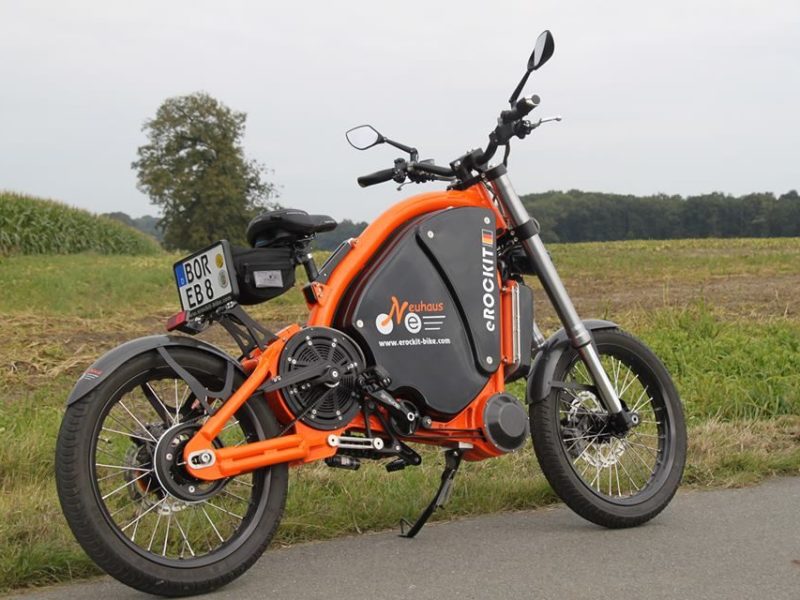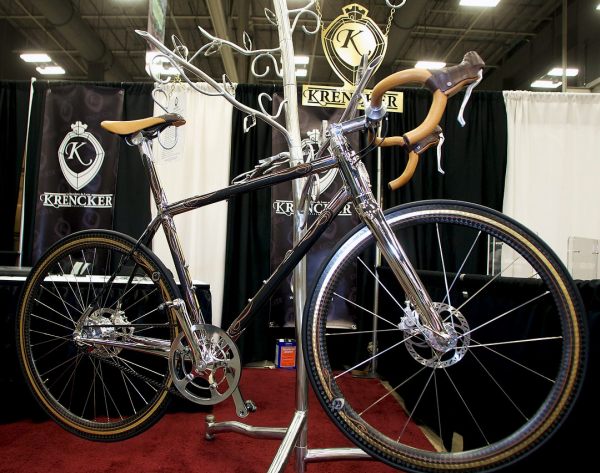Although the queue of car brands peddling more upmarket flatbeds with premium brands on theiroversized radiator grilles seems to grow longer almost by the month, it speaks volumes that the best pick-up on the block remains one of the least pretentious. The Hilux has been part of Toyota’s commercial vehicles range since the late ‘60s, and it has since garnered a reputation for versatility and dependability that means nobody bats an eyelid when they find that the fully-loadedtrim level is dubbed ‘Invincible’.
The Hilux is comfortable and decently finished inside, and also more refined and more pleasant to use than most of its rivals. Creditable ride and handling sophistication distinguish it also, as do dimensions that allow it to narrowly escape feeling elephantine on tighter roads.
The Toyota is only available with a 148bhp 2.4-litre four-cylinder diesel engine, which doesn’t make it sound exciting next to some multi-cylinder options; but that’s so typical of a vehicle so free of the superfluous – and so likable for it. Meantime, those who do need to transport heavier cargo may also be pleased to find out that its carrying capacity exceeds that of most of its competitors.
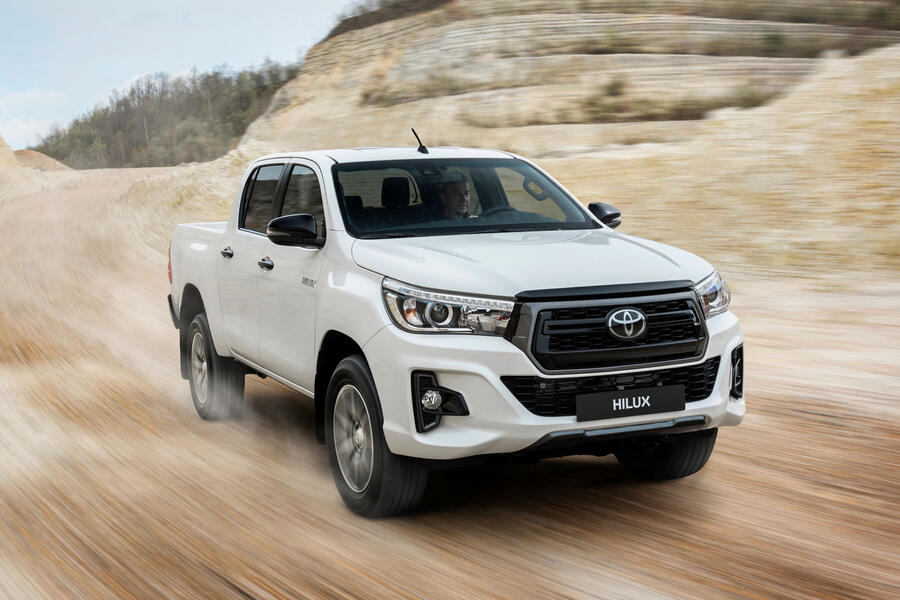
2. VW Amarok
Volkswagen was ahead of the pack when it moved into the light pick-up market in 2010, and attempted to use the pseudo-premium allure of the VW badge to make a flatbed truck that would be more palatable to an audience of customers who hadn’t considered one before.
It was a moderately successful bid, producing a vehicle with at least a recognisable semblance of the perceived quality and onboard technology for which VW’s passenger cars are known, but also genuine utility and ‘4Motion’ 4x4 capability for those that wanted it.
While you certainly wouldn’t mistake an Amarok’s cabin or ride for that of a modern Touareg or Tiguan SUV, both will be good enough to lift the VW’s ownership appeal above that of most of its competitors even now. The Amarok has a more consistently- and slightly richer-finished interior than the class mean, as well as tidier on-road handling. And when VW elected to replace the slightly overworked 2.0-litre four-cylinder diesel engines that motivated early cars with a 3.0-litre TDI V6 in 2017, they added refinement, performance and drivability.
This is unlikely to come as a surprise, and it’s even less likely to sell many ‘cars’, but it’s nonetheless true: the best-handling one-tonne flatbed pick-up you can currently buy is a Ford.
The Ranger is the Blue Oval’s current ‘global’ light truck. It was launched in its current form in 2010; engineered in one of Ford’s bigger pickup markets outside of the USA, in Australia; and is built in six locations around the world, with European-market vehicles sourced from South Africa.
This is one of the few pick-ups available in the UK with a choice of single-cab, two-plus-two-seater ‘super cab’ and four-door double-cab bodies, with loadbay length decreasing as the passenger compartment swells. Engines take in four- and five-cylinder turbodiesels of up to 210bhp, with a choice of manual or automatic gearboxes.
The Ranger doesn’t offer the material cabin appeal of some alternatives, but it has a comfortable driving position, decent mechanical refinement, and a relatively settled and compliant on-road ride, with harmoniously weighted and well-tuned controls that make for impressively intuitive drivability.
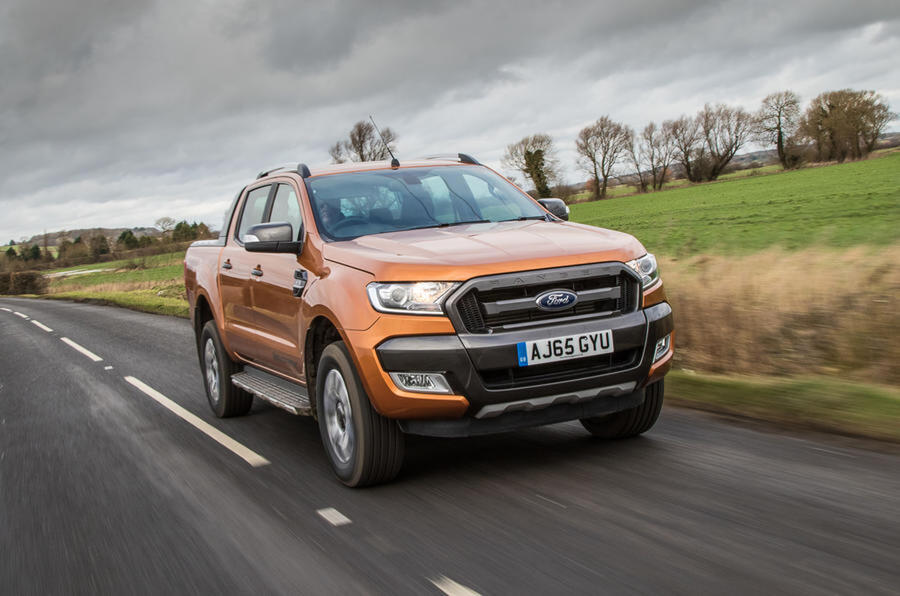
4. Mercedes X-Class
Mercedes’ claim that the X-Class is the first premium-branded pick-up truck in the world may seem to have certain glaring, Cadillac-Escalade-EXT-shaped holes in it in other markets, but as far as most European drivers are concerned it should hold water. And the X-Class certainly delivers a richer and more sophisticated cabin than other options here, although the driving experience distinguishes the car a little less clearly.
Based on a platform, and built in a factory, shared with the Nissan Navara (and also related to the Renault Alaskan, whose appearance in the UK market was abandoned before the car even arrived), the X-Class is nonetheless the only vehicle amongst its closest relations that can be had with a V6 diesel engine.
It also features coil springs as opposed to suspension by more class-typical leaf springs, although struggles to translate that advantage into any perceptible dynamic advantage for on-road handling. The X-Class is decently comfortable and refined to drive, shading some of its competitors but failing to set new benchmarks in quite the way its positioning might had led you to expect. It remains well worth considering.
Japanese car-manufacturers such as Nissan can rightly claim to have been present at the very start of the life of the compact pick-up truck. When the company that later became Nissan helped to awaken Asian, American and Australasian markets to the potential of these super-versatile utility vehicles even as far back as in pre-war times, of course, it did so with cars with Datsun badges attached rather than Nissan ones. And yet it set a template and established a lineage that led to the modern-day Nissan Navara.
The Navara comes with a choice of 2.3-litre turbodiesel engines available with either 161- or 187bhp; rear-wheel- or full-time four-wheel drive; manual or automatic gearboxes; and four-seater ‘king-cab’ or double-cab bodies. It got a significant mid-life facelift in 2019, with key suspension, braking, gearbox and interior equipment upgrades being added.
With the aforementioned recent update, Nissan addressed the biggest dynamic shortcoming of cheaper, cart-sprung versions of the Navara by fitting a multi-link, coil-sprung rear axle to all trim levels. The Navara has competitive (though not outstanding) ride and handling as a result, and a pretty ordinary-feeling but functional interior of respectable ambient pleasantness. Towing, carrying and 4x4 ability are all good.
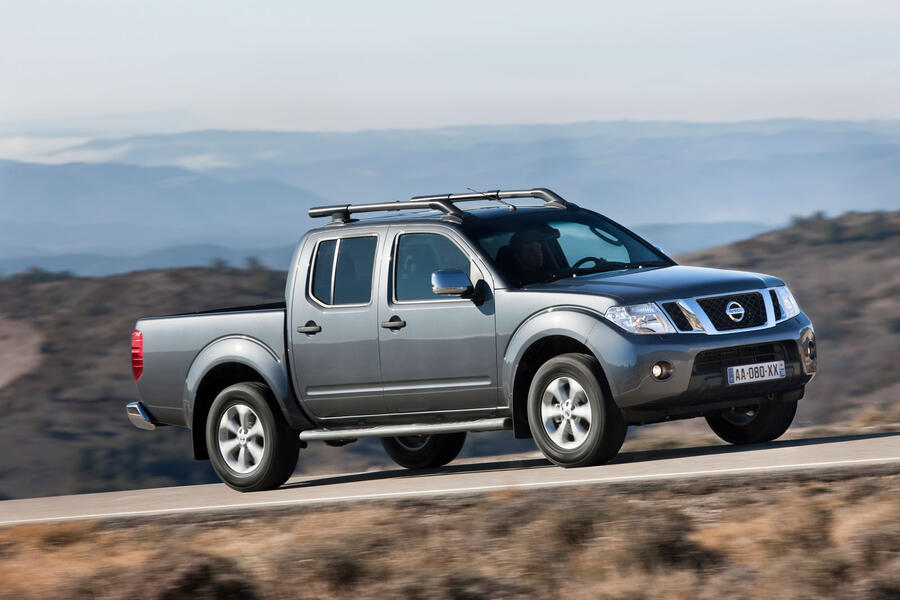
6. Isuzu D-Max
Isuzu is the self-proclaimed pick-up-only specialist of this segment, and the D-Max might be the antidote for anyone turned off by the commodification of the modern utility flatbed.
It has a cabin only sparsely populated by the necessary secondary controls, with oversized knobs, switches and levers that are easy to grab if you’re wearing work gloves, and a roomy footwell. It’s not a cabin designed or configured with any thought to perceived quality, but if you like the idea of no-nonsense, hard-wearing option, that ought to appeal.
That the D-Max can be bought for less than £17,000-plus-VAT in bottom-rung, single-cab, commercial-derivative form, however, must also help endear it to those who like to look after the pennies while they’re looking after their particular flock of Welsh mountain sheep or many hectares of Cumbrian hill forest.
A slightly weedy-feeling 1.9-litre diesel engine insists on being worked hard to move the D-Max along with any gusto, and it’s one of several factors that make this option one of the least refined and habitable in the pick-up class. But if you really do want a workhorse that you needn’t feel remotely guilty about using and abusing, you need look no further.
Save money with new D-Max deals from What Car?
Save money with new D-Max deals from What Car?
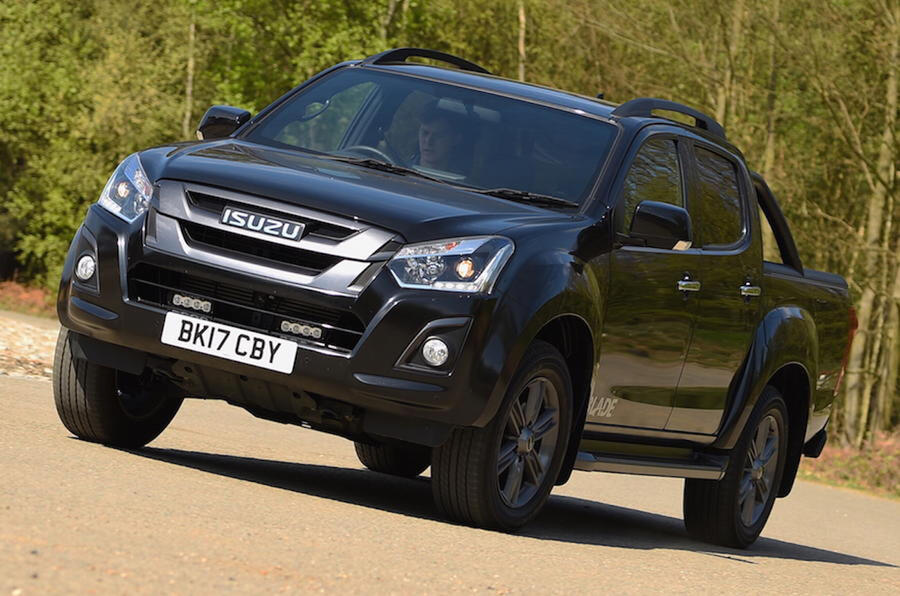
7. SsangYong Musso
‘Musso’ means rhinocerous in South Korea, where this vehicle is produced – and in other English-speaking global markets it’s called exactly that. It’s a far cry from the vaguely sporty, Ken Greenley-designed SUV of the same name that came to the UK in the mid-1990s, but it delivers respectable performance and handling, and strong towing capacity and utility, to value-savvy buyers who need such things on a budget.
The Musso’s 179bhp, 2.2-litre diesel engine offers more grunt than some in the class, and that it’s rating to tow 3.5 tonnes on a braked trailer also trumps certain rivals. The car doesn’t have the biggest loadbay in the segment, but does offer four seats big enough to be usable by adult passengers. That it’s also one of the shortest cars of its kind stands to make it appeal to those who’ve struggled to get cars like these into parking spaces like those you typically find in UK car parks.
The Musso handles adequately well, and its mechanical refinement and fuel economy are likewise both respectable. A skittish and noisy ride is easily the car’s dynamic Achilles heel, though, and is what prevents it from featuring any more highly on this list.

8. Mitsubishi L200
The Mitsubishi L200 was one of the first vehicles to benefit from the company car tax loophole that has allowed the pick-up truck market to grow in the UK. It’s now available in its sixth full model generation, with a 148bhp 2.2-litre turbodiesel engine and as a ‘club cab’ or double-cab body design, although various trim levels can be had to mix equipment, 4x4 capability, ruggedized looks and value to your particular preference.
In its current generation, this was the car that finished fifth and last in our latest pick-up truck group test in 2018. It attracted criticism for its curiously configured driving position; for its slightly cramped-feeling cabin; for particularly slow and vague steering; for its noisy diesel engine; and for its ability to maintain traction easily over tougher terrain.
For modern styling appeal, cabin space and both towing and carrying capacity, the L200 is more competitive with its peers, and likewise for outright performance and fuel economy.
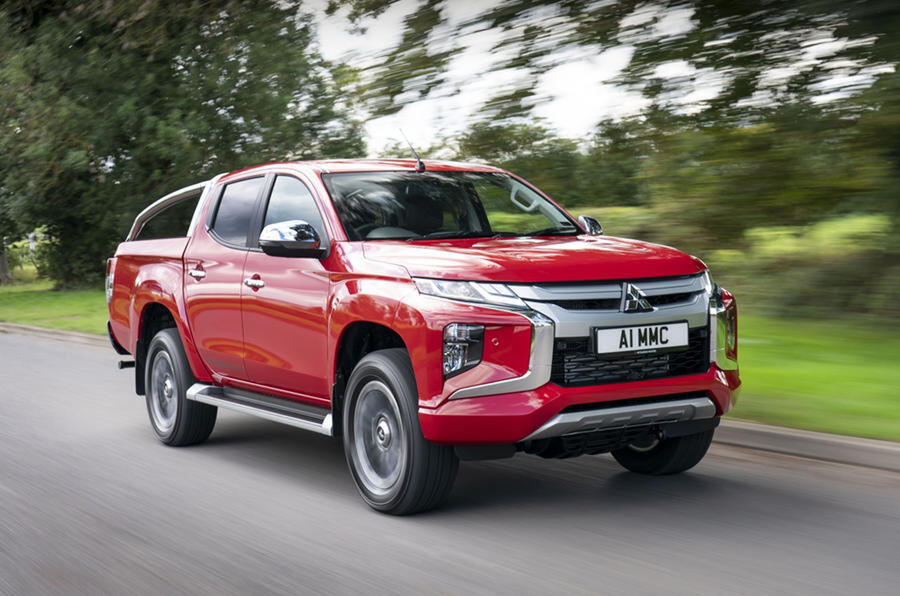
COMING SOON:
9.Rivian R1T
The Rivian R1T is what you end up with if you set up a brand new car business with a small band of talented engineers and an ex-Jeep designer, and you design your own electric car platform from scratch in a bid to give the world its first ‘adventure EV’. Rivians will, according to company boss RJ Scaringe, split the difference between a modern Land Rover and a Tesla.
The R1T will be the first of them, due in late 2020. A full-sized double-cab pick-up, it’ll have more than 200 miles of range from a 105kWh drive battery in it standard form, ranging up to 400 miles in top-line trim. Four electric motors will provide up to 754bhp, however, with 0-62mph possible in 3.0sec flat.
The vehicle’s loadbay floor, meanwhile, will be reinforced with carbonfibre and Kevlar in order to protect the drive battery underneath. Don’t expect this vehicle to come cheap, then; but expect it to make serious waves when it does arrive in Britain.
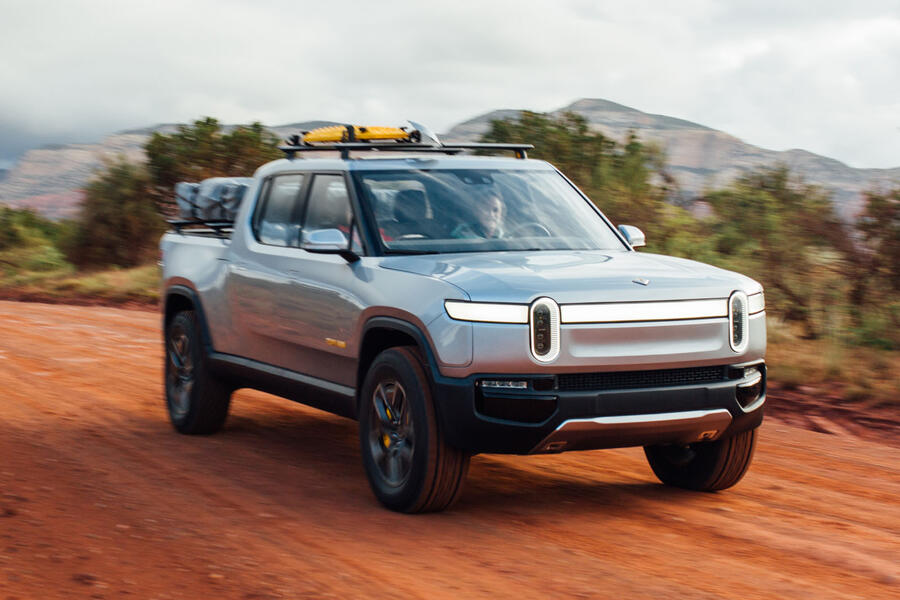
10.Tesla Cybertruck
A year after the Rivian R1T arrives, it’ll be followed by an unusual-looking but inevitable reply from EV pioneer Tesla. The angular, and allegedly bulletproof, Cybertruck will have up to three electric motors and more than 500 miles of range in its top-level trim, with a claimed towing capacity of more than six tonnes and a loading bay the same size as that of a Ford F-150. Like Tesla’s other bigger models, the Cybertruck will run on height-adjustable air suspension.
Tesla boss Elon Musk claimed that some 200,000 customers placed cash deposits for the Cybertruck within a week of the vehicle’s unveiling. Top-of-the-range versions are expected to cost between £50,000 and £60,000, with cheaper, less powerful and less rangey rear-driven versions available for less.

